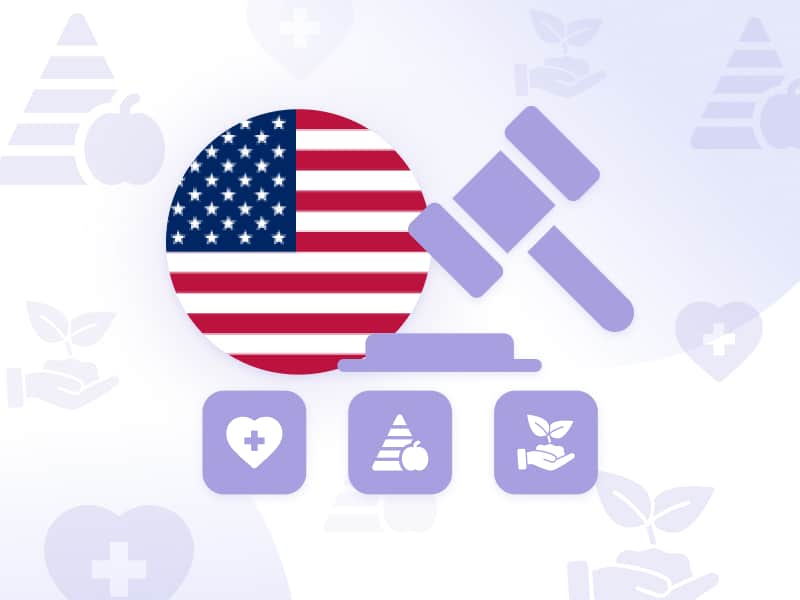July 4, 2025 – In a move set to reshape key sectors, U.S. President Donald Trump has signed into law H.R.1 – the “One Big Beautiful Bill Act”, a sweeping reform package covering tax and spending, healthcare access, environmental policy, and agriculture.
This comprehensive legislation marks a significant overhaul of federal support structures and compliance frameworks, with global industry observers keeping a close watch on its implications.
Key Provisions of the Legislation
- Social Benefit Programs (SNAP & Medicaid)
The Supplemental Nutrition Assistance Program (SNAP, a food assistance program) and Medicaid (healthcare coverage for lower-income individuals) will implement stricter eligibility requirements, including regular verification against death records and cross-state enrolment checks. - Pharmaceutical Industry Changes:
Organizations known as Pharmacy Benefit Managers (PBMs), which negotiate medication prices between manufacturers and insurers, will transition to flat service fee structures. Annual transparency reporting on drug costs will be required by 2028. - Environmental and Energy Policy Modifications:
The legislation withdraws funding previously allocated to clean energy initiatives and emissions reduction programs. It also creates new approval pathways for natural gas projects. - Agricultural Sector Updates:
Funding for the Environmental Quality Incentives Program (EQIP) and crop research has been extended through the 2031 fiscal year.
Global Industry Impact
Though U.S. centric in scope, the regulatory consequences of this legislation may influence international standards and partnerships especially in healthcare, energy, agriculture, and environmental sectors.
With major changes taking effect between 2026 and 2028, companies operating in or with the U.S. must brace for tighter compliance mandates, reduced federal support, and new operational hurdles.
What Should Organizations Do?
Organizations should consider forming cross-functional teams involving regulatory affairs, public policy, and compliance departments to:
- Conduct cross-functional impact assessments
- Map out affected programs and policy shifts
- Identify funding or regulatory gaps
- Launch mitigation or advocacy strategies
The full text of the legislation is available through official US government channels here for those requiring detailed information.
Subscribe to the latest regulatory news
Curated newsletters
Relevant industry info
Access expert insights

